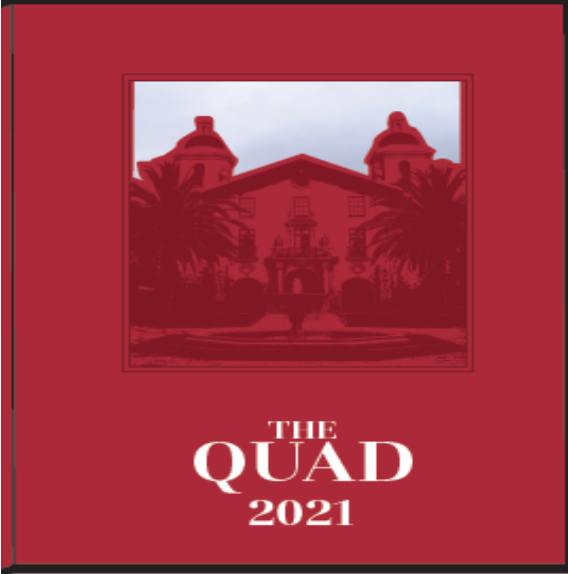
By Patricia Wei, Won Gi Jung, Dylan Grosz and Arjun Ramani
While lockdowns in China began in January, Stanford students began to feel the effects of the COVID-19 pandemic on their daily lives in the beginning of March. At first, some large lecture classes offered recordings so students could watch remotely. Since then, the administration has made a series of major decisions, a reflection of the rapidly changing global pandemic. Spring quarter is all online, commencement is postponed, summer residential programs are canceled and housing decisions for the fall have been postponed.
Students have also been grappling with several decisions made by Stanford’s administration regarding academics, housing and payment and protection of workers. Click through this interactive timeline to see the actions Stanford has taken and the reactions from the community in the past two eventful months.
Since March, students and faculty have voiced their concerns through petitions about topics ranging from housing to academics to workers’ rights. Here are a look at the petitions that have circulated since the beginning of March.
The table above is a list of petitions that have been sent out, the number of signatures as of May 6 and the current response from Stanford’s administration.
Once the first petition rapidly garnered signatures, students realized they had a tool to organize in mass and have their voices heard. The train of petitions picked up steam and did not stop. The Daily is now aware of 11 petitions with over 400 signatures each.
Students quickly realized the potential for severe academic disruption. One petition sent around earlier in March demanded a change to the structure of payment and courses.
“[T]he ideal situation for many students would be to take a reduced course load,” the petition reads. “We are asking Stanford to make it an option this Spring quarter for students to pay by unit and enroll part-time, with proportional adjustments to financial aid.”
The petition was sent around in a Google Doc, and each respondent also provided their major. The Daily analyzed the relative share of majors in the petition and compared this to the overall distribution of majors at Stanford. The chart below displays the top 10 majors listed in the petition with all engineering majors grouped in one category. (Product design is not displayed, despite having the ninth-most signatures, because the most recent graduating class data does not include product design.)
The proportion for each major in the petition broadly matched the proportions for Stanford as a whole, with some minor deviations. Engineering students were underrepresented in the petition relative to their actual proportion, whereas symbolic systems, earth systems and psychology were relatively overrepresented. The petition garnered slightly less than 500 respondents, so general conclusions about the interests of different majors should not be extrapolated from this sample.
One of the most widely circulated petitions over the past months was “Protect, inform, and fairly compensate workers during the COVID-19 outbreak.” While Stanford committed to pay continuation for regular employees, the policy did not at the time apply to subcontracted workers, hired through custodial service contractors like UG2. The petition called for the extension of the University policy to include those subcontracted workers and wage raises for food service workers and custodial staff facing increased vulnerability to the pandemic and its economic impacts. Stanford has since committed to working with contract firms to ensure that contracted workers maintain their income and benefits, although students and workers contend that this promise is misleading.
An analysis of petitioners’ self-identified affiliations shows dynamic patterns in the participation rate over the past five weeks. Using the raw data shared with the public, we cleaned the entries and sorted them into six categories. Some people identified themselves with more than one category (i.e. an undergraduate working as a residential assistant). In such cases, we prioritized their primary status. The last and the smallest group, “Misc.,” includes parents, community members and non-Stanford affiliated individuals.
Since March 7, the petition has collected over 2,600 signatures from various groups affiliated with Stanford. Almost one out of five undergraduates signed the petition. The rate of participation was highest during the first few days of circulation and showed another surge around the end of March. Starting from March 27, data show a higher rate of participation from alumni.
Outreach efforts of activist groups, including Stanford Students for Workers’ Rights (SWR), may have driven these trends. SWR started email blasting with an updated mailing list on March 25. This may have led to the uptick of undergraduate support we see from the graph on the same day. A gradual increase in alumni support beginning from the end of March may also have been due to SWR’s “more targeted outreach towards alumni groups,” according to Ethan Chua, a member of SWR.
“Our petition has been phenomenally successful, and really showcased broad community support for the health, well-being, and protection of all campus service workers, contracted or not,” Chua wrote to The Daily.
However, he believes that “the strength of a movement” does not depend on the number of petition signatures.
“Of course, petitions are a powerful tool for mass activism, but petitions alone don’t make movements,” Chua wrote. It is “really about making critical connections with those most affected, coming up with various ways to put pressure on decision makers in power, and building collective consciousness – all things SWR has been diligently working to achieve.”
Social distancing measures have prevented students from gathering to voice their concerns over Stanford’s action, but that has not prevented them from taking action. From petitioning for housing for students and equitable grading measures to engaging notable alumni to persuade Stanford to provide support for its service workers, students have used social media and petitions to engage the Stanford community and rally for change.
The Daily is now aware of 11 petitions with over 400 signatures each. Please comment or email us if we missed a petition.





